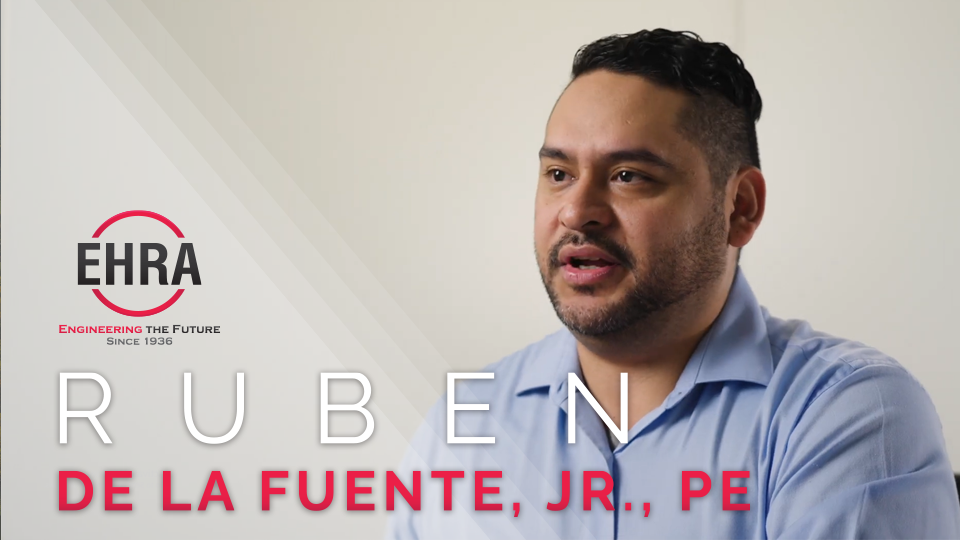

EHRA worked with the District to create a comprehensive Parks Master Plan, which included recommendations for the development of over two miles of hike/bike trails adjacent to local streets, and within flood control and utility pipeline easements. The District began implementation of the Plan by prioritizing the beautification of West Road, a major arterial street that runs through the District.
On-going surveying for property acquisition and engineering design surveys of re-routing of Buffalo Bayou north of downtown Houston between North Main Street and McKee Street. Services to be provided include “soundings” for Buffalo and White Oak Bayous.
EHRA worked with the District to create a comprehensive Parks Master Plan, which included recommendations for the development of over two miles of hike/bike trails adjacent to local streets, and within flood control and utility pipeline easements. The District began implementation of the Plan by prioritizing the beautification of West Road, a major arterial street that runs through the District.
Identified as a top priority during the development of the District’s Parks Master Plan, this portion of trail was the first phase of over two miles of planned trails to provide connectivity and recreation for District residents.
This project was the second phase of parks implementation outlined in the District's Parks Master Plan, which was completed by EHRA in 2007. Utilizing the site of a recently demolished former wastewater treatment plant provided an opportunity to create a passive park space for District residents.
As projects grow more complex, timelines are tighter and expectations are elevated to engineer to a higher level of detail. Clients are looking for teams who can anticipate challenges, adapt quickly and deliver smarter solutions without compromising quality. With advancements all around us, we must advance too.
That’s where “keeping it fresh” comes in—one of EHRA Engineering’s leading core values.
For engineers, staying fresh means staying relevant. It means not only keeping up with new technologies, but also actively seeking out ways to apply them with purpose. Whether it’s advanced modeling software, real-time data integration, drone-based surveying, AI-assisted design checks or better integration with Geospatial Information System (GIS). These tools are reshaping the way we plan and design.
But progress is not automatic. It requires intention. Technology is just a tool. And like any tool, it’s only effective if we understand it and are willing to adapt our methods to take full advantage of what is possible. This means rethinking workflows, re-skilling teams and even challenging long-standing processes. As engineers, we must challenge ourselves to:
The bottom line: Innovation isn’t coming—it’s already here. The question is whether we’re prepared to meet it, not just as participants, but as leaders shaping the future of our industry. That means embracing new tools, challenging old assumptions, and staying curious even when the pace of change feels overwhelming. We have the opportunity—and the responsibility—to drive progress, not just respond to it. Let’s keep our skills sharp, our minds open, and our work firmly positioned at the leading edge.
